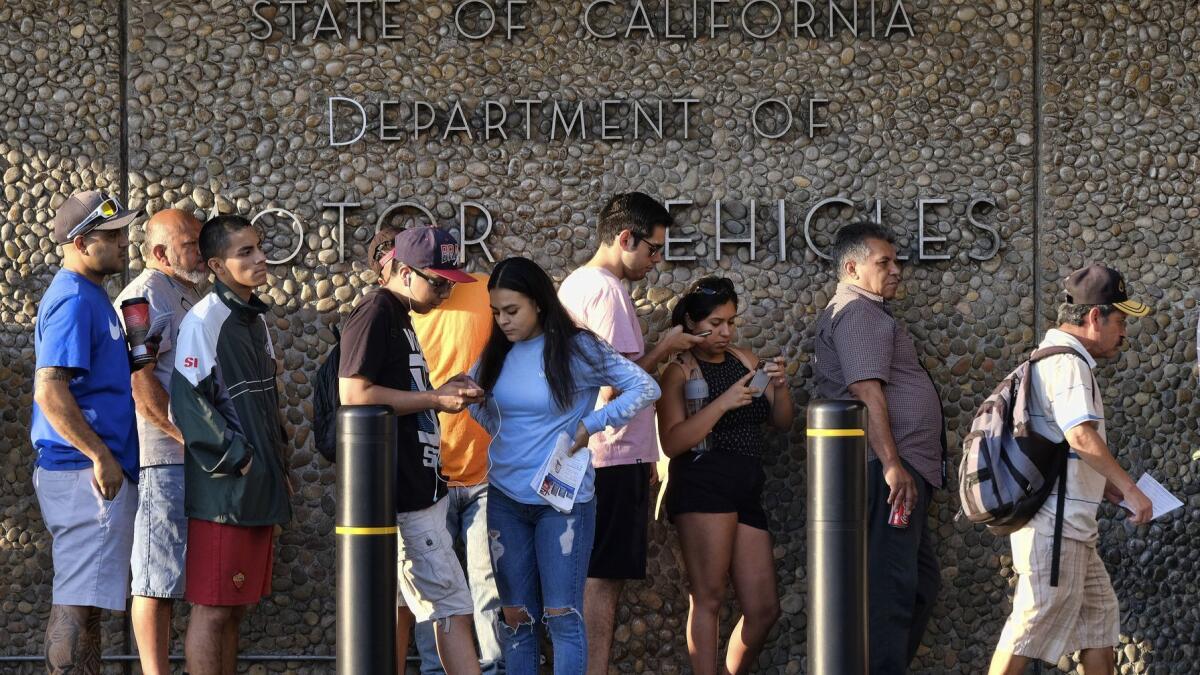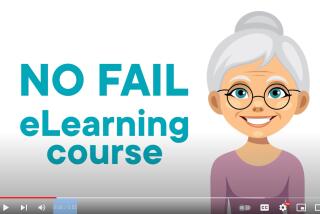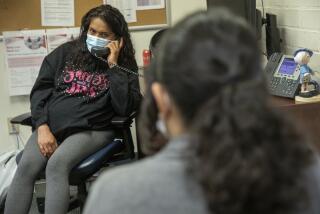DMV didn’t focus resources on Real ID rollout, making those long lines longer than usual

Reporting from Sacramento — California state auditors found “significant deficiencies” in the operations of the Department of Motor Vehicles in a report released Wednesday, concluding that long lines of customers at dozens of field offices last year were caused largely by technology and staffing problems.
The audit’s release came just days after Gov. Gavin Newsom’s administration publicly solicited applications for a new DMV director and as critics in the Legislature continued to demand a sweeping overhaul of the troubled state department.
Auditors found problems with management practices, staffing levels and technology. In some cases, the existing operations had changed little for decades, even as California’s population grew and more vehicles took to the road. Auditors concluded that the DMV has a “reactive culture that has adversely impacted the field office experience” for customers.
Brian Annis, secretary of the California State Transportation Agency, said changes are already underway.
“The Department of Motor Vehicles is at a period of transition, it’s my expectation that the Department will fully implement the Department of Finance audit findings, continue work to streamline processes and improve the overall customer experience for all Californians,” Annis said in a written statement.
The lengthy audit highlights the errors made in the DMV’s implementation of Real ID, the federal mandate for enhanced security features for state driver licenses. Department officials, auditors found, did not recognize the necessity of prioritizing technology needs to ensure an effective transition to Real ID licenses until 2017, a dozen years after the law was enacted by Congress.
California’s Real ID driver’s license? Still confusing. What you need to know now »
“The field office customer experience was significantly impacted” by the error, auditors wrote. They said that department leaders didn’t consistently plan for the rollout of the new license and that some DMV officials said the effort “was overwhelmed by other large projects.”
In all, the state has issued about 1.3 million licenses that are compliant with the Real ID law. It expects another 20 million will have to be issued by the federal deadline of Oct. 1 next year.
The lack of consistent focus on implementing Real ID, auditors said, meant the department missed opportunities to limit the influx of Californians showing up at DMV offices to apply for the new type of license. That could have included extending the length of time that a license, identification card or vehicle registration is valid — ideas that were considered as far back as 2006 but that department officials let drop in the intervening years.
Sign up for the Essential Politics newsletter »
“If customers are required to renew these activities less frequently,” the auditors wrote, “field offices may see a reduction in the quantity of customers visiting each year.”
One of the DMV’s most vocal critics in the Legislature said Wednesday that the audit confirmed a serious inattention to the Real ID transition. “The DMV directors were asleep at the switch for a decade leading up to the Real ID rollout and customers paid the price with exploding wait times,” Assemblyman Jim Patterson (R-Fresno), said in a written statement.
But the independent review found problems beyond the Real ID program, including significant variation in regions of the state with the assigned tasks and training for DMV employees. Some regional DMV field offices, the audit reported, require close to 200 reports from their local offices every month. “The time field offices devote to these administrative activities ... is time that could otherwise be spent assisting customers,” auditors wrote.
Meanwhile, some parts of the department’s operating structure hadn’t been updated since 1990. And its computer system faces an even larger crisis: It relies on programming language dating to the 1950s, and a number of DMV employees who know how to use it are nearing retirement age.
The key issue examined by the state Department of Finance was the emergence of stubborn, frustratingly long wait times last year at DMV offices.
Those wait times led former Gov. Jerry Brown in September to to order the audit, with some Californians reporting that they waited in lines at DMV offices for as long as six hours. The department’s work was also stymied by computer problems, including an incident last fall that disrupted operations at almost half of its 172 field offices for more than two hours.
While those waits have decreased, auditors reported problems still persist. They found that an average of 30% of the customer windows at DMV offices are closed during most business hours and that DMV officials didn’t begin tracking trends in how many employees fail to show up for work until last summer — well after the long lines appeared across the state. The department also has failed to track average wait times in what’s called the “pre-queue,” the line customers wait in before they’re given a number for their individual appointment.
In his first week in office, Newsom promised a “reinvention” of the DMV and launched a task force to lead a restructuring of the department by midsummer. The audit was seen as a key part of the road map toward the overhaul. The DMV has been operating under temporary leadership since Jean Shiomoto, the former director, resigned in December.
The audit did not cover the DMV’s launch of its automated “motor voter” registration program, which resulted in tens of thousands of inaccurate records being sent to county elections officials last summer and fall. A separate review of that program is expected within the next two weeks.
Follow @johnmyers on Twitter and sign up for our daily Essential Politics newsletter











